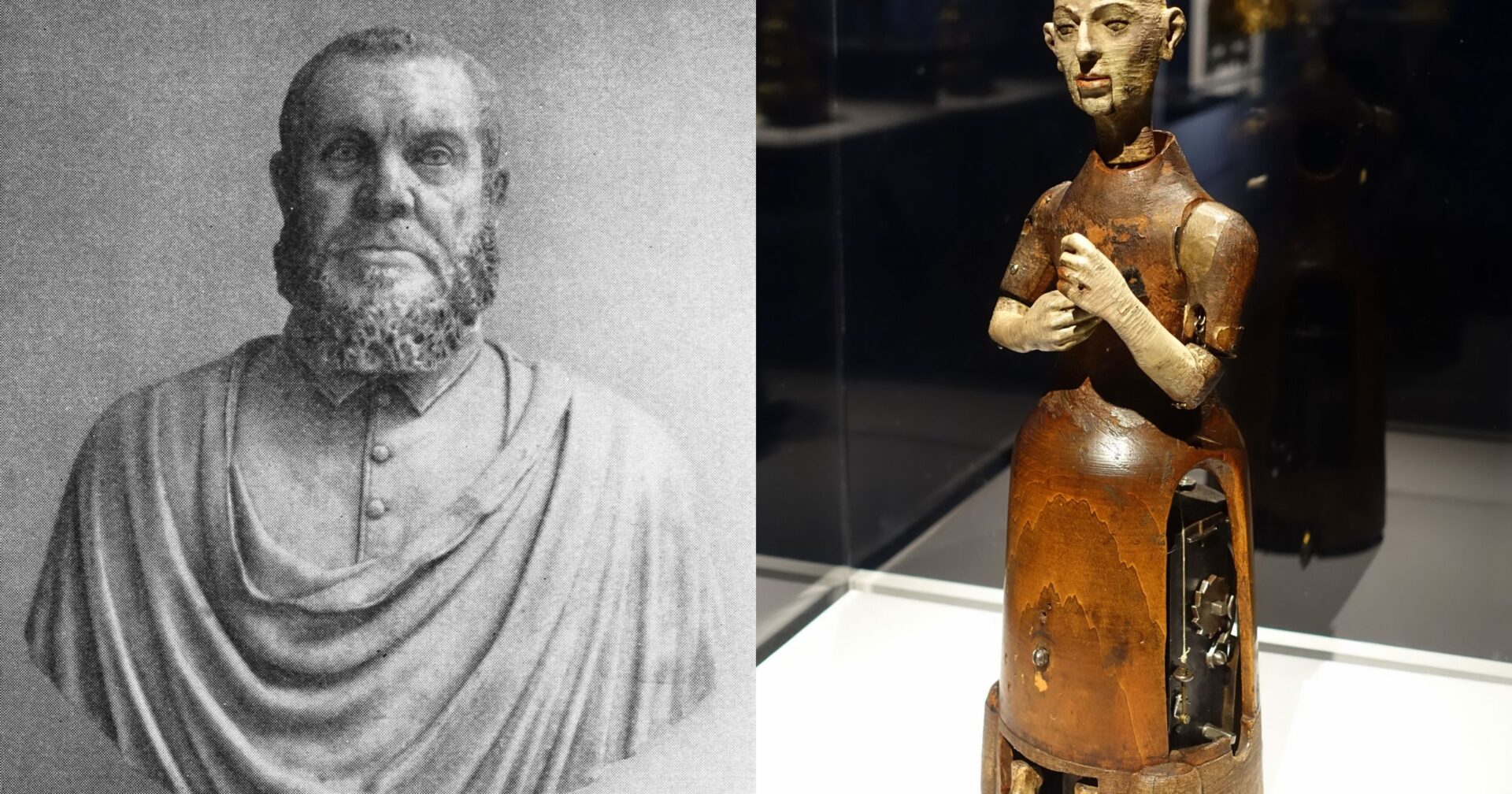Are you ready for a journey through time? Well buckle up because we’re about to take a trip back to the 16th century and witness a true mechanical marvel – the “Clockwork” Monk. This automaton, likely built in the 1560s, is a self-acting device that can still move its mouth and arms in silent prayer to this day.
The true origins of this mechanical wonder are shrouded in mystery, but it is often attributed to the Spanish clockmaker Juanelo Turriano who served Holy Roman Emperor Charles V. Legend has it that King Philip II, son of Charles V, commissioned Turriano to create this penitent automaton as a thank you after his son recovered from a serious illness. He had promised a miracle for a miracle and this machine of prayer was meant to be his earthly miracle.
Currently, it resides at the Smithsonian and has been studied by the National Museum of History and Technology’s Conservator of Timekeeping, W. David Todd. Through x-rays, Todd has revealed the intricate inner workings of the monk. Each part of its body performs specific actions, such as turning, nodding, moving its mouth, and raising and lowering a cross and rosary. Some of the components were even decoratively shaped, as if they were meant for the appreciation of the divine.
Even after all these years, the complete clockwork mechanisms within remain a mystery.
If you ever find yourself at the Smithsonian, make sure to pay a visit to this silent prayerful monk, it’s definitely worth a look!
Photo credit: Public Domain via Wikimedia Commons 1, 2















Thank you for publishing this fascinating history and piece. I am so very impressed.
All the best,